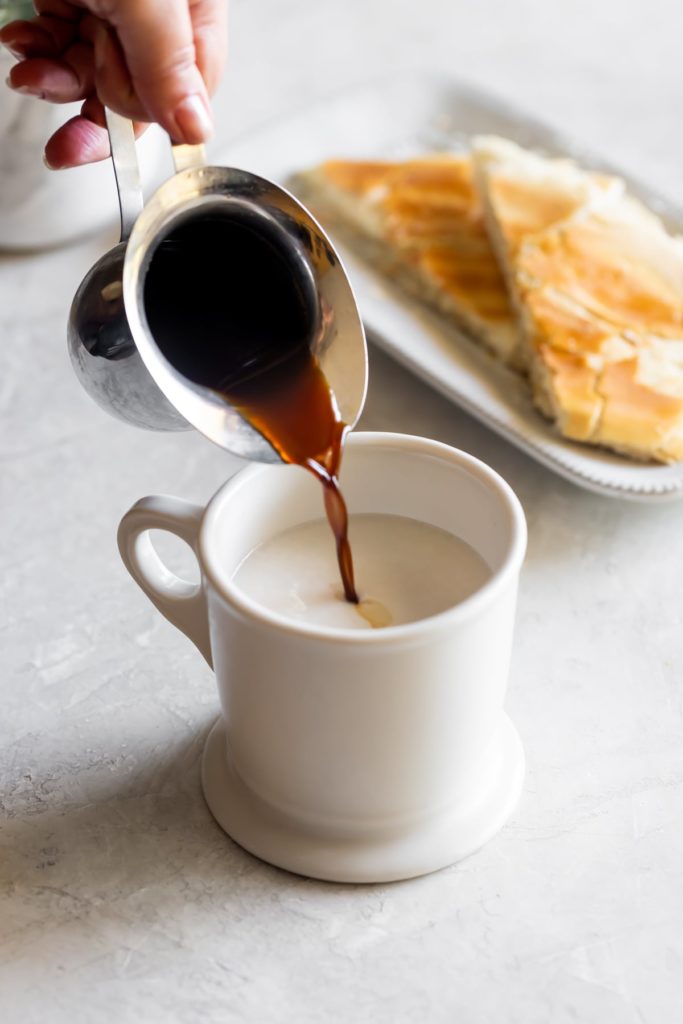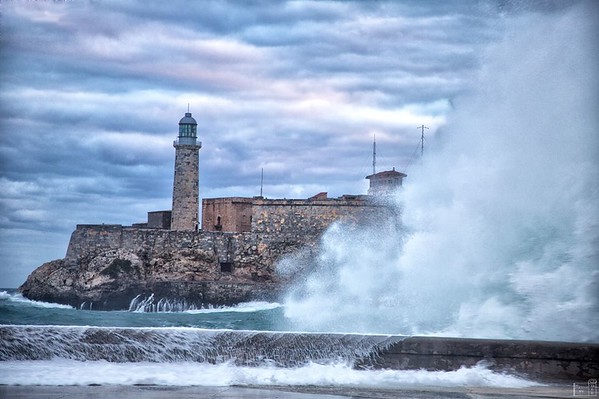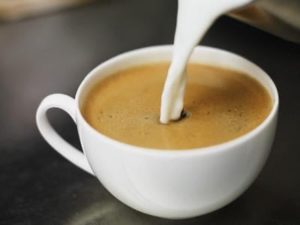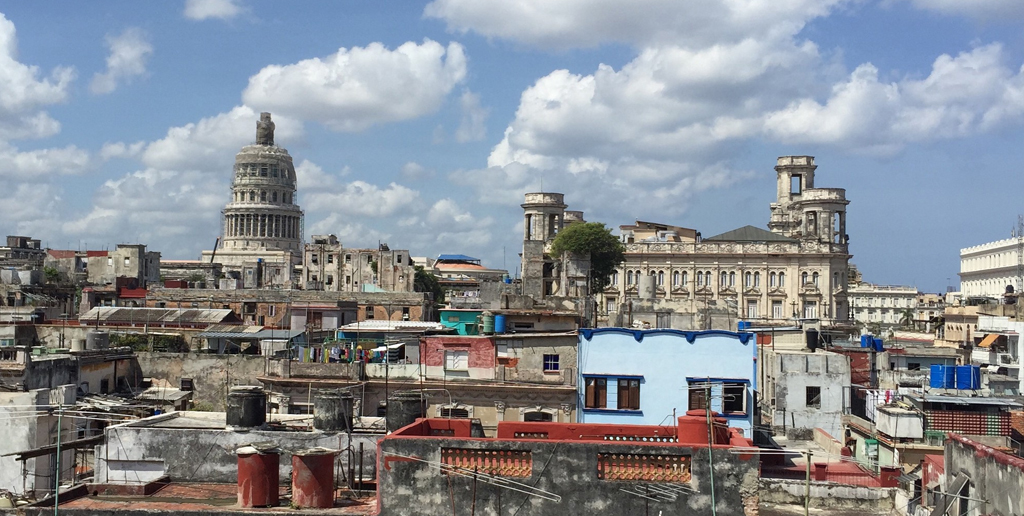“EL CAFÉ CON LECHE”, A TRADITION IN CUBAN PUBLIC LIFE. PHOTOS.
One day a study will have to be made about the role of “Café con Leche” in Cuban life. Or better, in Havana life. The truth is that the tasty and comforting mix – lighter or darker – appears at the most crucial and unsuspected moments in our history.
THERE WAS A CUSTOM in Havana not to light the stove on Sunday night. He ate cold that day. They then resorted to fried food, at midnight, hot dog, “prepared cookie” and inexcusable coffee with milk.
When John Niewhof, from the West Indies, invented this drink in Brazil, which is why a monument was erected in Pernambuco, he could not imagine how and to what extent coffee with milk would take root in our capital, to the extent that when he noticed those who came from the interior concluded that we Havanans were starving.
Cuba is a country of chicharrones and coffee with milk, the naughty politician Orestes Ferrara once said in ironic allusion to a reality: coffee with milk, fries, tamales, face buns, majúa, chicharrones de viento and de pellejo were extremely popular dishes in popular gastronomy. True monuments to the nutrition of those who had nothing better to put in their mouths.
MILK & COFFEE EMERGES IN CUBAN PUBLIC LIFE
In the early morning of September 5, 1933, Professor Ramón Grau San Martín, before leaving his house on 17th street corner J, in Vedado, invited the students who came to look for him to accompany him to the Columbia military camp, where he would be appointed a member of the Executive Board or Pentarquía that replaced President Carlos Manuel de Céspedes. And Batista, also in Columbia, in January 1934, interrupted the meeting held there by civilians and soldiers who were discussing the replacement of Grau by Carlos Mendieta to invite those present to taste a coffee with milk at his house.
Eduardo Chibás every time he fought a duel – and he fought nine times – he passed by the Kasalta cafeteria, at the entrance to the Miramar neighborhood, and asked for double coffee with milk. Senator Félix Lancís, aware that the coup against President Prío had taken place, asked his wife to serve him a coffee with milk before moving to the Presidential Palace. Batista, at dawn on January 1, 1959, with the bearded men on his heels, drank a cup of coffee with milk before going to the military airport… It was the last thing he did in Cuba.
Over the years, the best sandwich was that of the OK cafe, in Zanja and Belascoaín, while a sandwich like Elena Ruz, which combines, and in what way, roast turkey with strawberry jam and cheese Cream was exclusive to El Carmelo, the best grill-room in the capital of the 1950s. El Faro restaurant, in Pepe Antonio and Máximo Gómez, in Guanabacoa, had a reputation for making the best-stuffed potatoes in Havana. And the tamales, spicy and non-spicy, that were sold at the La Guajira winery, at 24 corner to 25, in Vedado, were unparalleled. The best oysters, those from Infanta and San Lázaro. Fritas, those of Sebastián Carro, in Zapata and Paseo. For Chinese soup, the Single Market… It revived a dead man.
In no other Havana establishment was it discussed, in the 1940s and 1950s, the primacy of coffee with milk from Cafe Las Villas, in Galiano almost on the corner of Lagunas.
This is what that great journalist Enrique de la Osa claimed, and José Pardo Llada also states in his book ‘I remember. Dictionary of Cuban nostalgia. A pint of salt was usually added to the coffee with milk. If the salt was spilled, the exorcism of throwing salt over the shoulder was done to ward off the bad omen.
“EL CAFE CON LECHE”, UNA TRADICION EN LA VIDA PUBLICA CUBANA. PHOTOS
Habra que hacer algún día un estudio acerca del papel del “Café con Leche” en la vida cubana. O mejor, en la vida habanera. Lo cierto es que la sabrosa y reconfortante mezcla –más clara o más oscura- aparece en los momentos más cruciales e insospechados de nuestra historia.
EXISTIA LA COSTUMBRE en La Habana de no encender el fogón el domingo por la noche. Se comía frío ese día. Se recurría entonces a la frita, a la media noche, al perro caliente, a la “galletita preparada” y al inexcusable café con leche.
Cuando John Niewhof, de la West Indies, inventó esa bebida en Brasil, por lo que se erigió un monumento en Pernambuco, no pudo imaginar cómo y hasta qué punto se enraizaría el café con leche en nuestra capital, al extremo de que al reparar en ella los que venían del interior concluían que los habaneros éramos unos muertos de hambre.
Cuba es un país de chicharrones y café con leche, dijo cierta vez el avieso político Orestes Ferrara en irónica alusión a una realidad: el café con leche, las fritas, los tamales, los bollitos de carita, la majúa, los chicharrones de viento y de pellejo fueron platos recurridos en extremo en la gastronomía popular. Verdaderos monumentos a la nutrición de quien no tenía nada mejor que llevarse a la boca.
EL CAFE CON LECHE EMERGE EN LA VIDA PUBLICA CUBANA
En la madrugada del 5 de septiembre de 1933, el profesor Ramón Grau San Martín, antes de salir de su casa en la calle 17 esquina a J, en el Vedado, invitó a café con leche a los estudiantes que fueron a buscarlo para acompañarlo al campamento militar de Columbia, donde sería designado miembro de la Junta Ejecutiva o Pentarquía que sustituyó al presidente Carlos Manuel de Céspedes. Y Batista, también en Columbia, en enero de 1934, interrumpió la reunión que sostenían allí civiles y militares que discutían el reemplazo de Grau por Carlos Mendieta para invitar a los presentes a degustar un café con leche en su casa.
Eduardo Chibás cada vez que se batía en duelo –y se batió nueve veces- pasaba por la cafetería Kasalta, a la entrada del reparto Miramar, y pedía café con leche doble. El senador Félix Lancís, enterado de que se había llevado a cabo el golpe de Estado contra el presidente Prío, pidió a su esposa que le sirviera un café con leche antes de trasladarse al Palacio Presidencial. Batista, en la madrugada del 1 de enero de 1959, con los barbudos pisándole ya los talones, ingirió una taza de café con leche antes de trasladarse al aeropuerto militar… Fue lo último que hizo en Cuba.
En el transcurso de los años, el mejor sándwich fue el del café OK, en Zanja y Belascoaín, en tanto que un emparedado como el Elena Ruz, que combina, y de qué manera, el pavo asado con la mermelada de fresa y el queso crema era exclusivo de El Carmelo, el mejor grill-room capitalino de los 50. El restaurante El Faro, en Pepe Antonio y Máximo Gómez, en Guanabacoa, tenía fama de elaborar las mejores papas rellenas de La Habana. Y los tamales, con picante y sin picante, que se vendían en el portal de la bodega La Guajira, en 24 esquina a 25, en el Vedado, no tenían paragón. Los mejores ostiones, los de Infanta y San Lázaro. Fritas, las de Sebastián Carro, en Zapata y Paseo. Para sopa china, el Mercado Único… Revivía a un muerto.
En ningún otro establecimiento habanero se discutió, en los años 40 y 50, la primacía del café con leche del café Las Villas, en Galiano casi esquina a Lagunas.
Así lo aseguraba ese gran periodista que fue Enrique de la Osa, y lo precisa también José Pardo Llada en su libro ‘Yo me acuerdo’. Diccionario de nostalgias cubanas. Se le añadía por lo general al café con leche un pintica de sal. Si la sal se desparramaba, se hacía el exorcismo de echar sal por encima del hombro para alejar el mal agüero.
Agencies/ Lecturas/ Ciro Bianchi/ Internet Photos/ Arnoldo Varona/ www.TheCubanHistory.com
THE CUBAN HISTORY, HOLLYWOOD.










